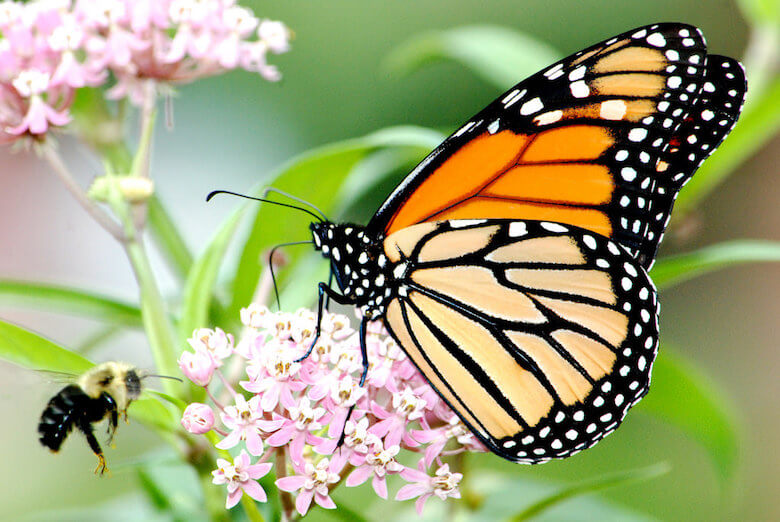
Editor’s note: We kicked off our first annual Food Loves Techevent last summer in Chelsea—here’s a recap. We’re bringing a taste of the food and farming future back this year, but just across the East River at Industry City. Leading up to the event, this story is part of an ongoing series about technology’s effects on our food supply.
Before New York City was colonized in the early 17th century, the Lenape lived among its rich salt marshes, waterways and forests. After colonization by the Dutch, my ancestors, the Bleeckers, owned a farm on present-day Bleecker Street in Greenwich Village, before the City became a densely populated urban landscape.
It’s hard to imagine Manhattan as forest, extensive wetlands, or farmland, but you don’t have to look back centuries to see the biodiversity of the city’s natural resources. The New York City metropolitan area remains home to a wide array of plants, animals and fungi that face increasing threats from climate change and habitat loss.
In order to catalogue and protect the City’s natural resources, the NYC EcoFlora Project engages New Yorkers to become citizen scientists. The Project, an online repository for observations about plants and their ecology in all five boroughs, aims to demonstrate how “plants fit into the web of life in New York City.” The information collected will help to inform conservation planning and policy, and simultaneously build ecological awareness and literacy among city residents.
The EcoQuest initiative makes it easy to get involved. Monthly challenges ask New Yorkers to document native plants and animals throughout the City, and upload photos and observations using the mobile App iNaturalist. In August, the EcoQuest Challenge focuses on the distribution of the monarch butterfly and its food source, milkweed. Monarch butterflies are in decline, and their young rely on milkweed to survive and grow into adults. There are eleven native species of milkweed that have been documented in New York City, but nearly half of those are extinct, and others rare or infrequent. Citizen scientists are asked to photograph milkweed and monarch butterflies, and to post their findings on iNaturalist, where they can explore the observations of fellow New Yorkers.



